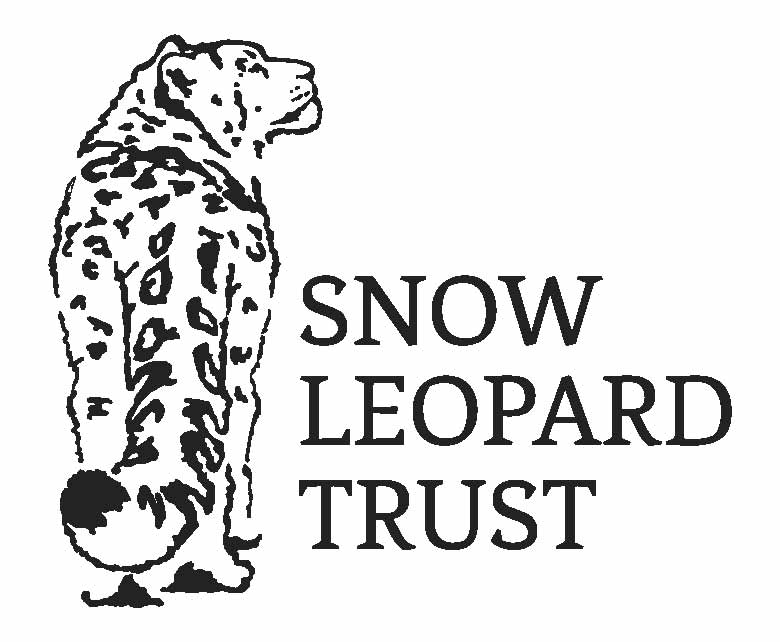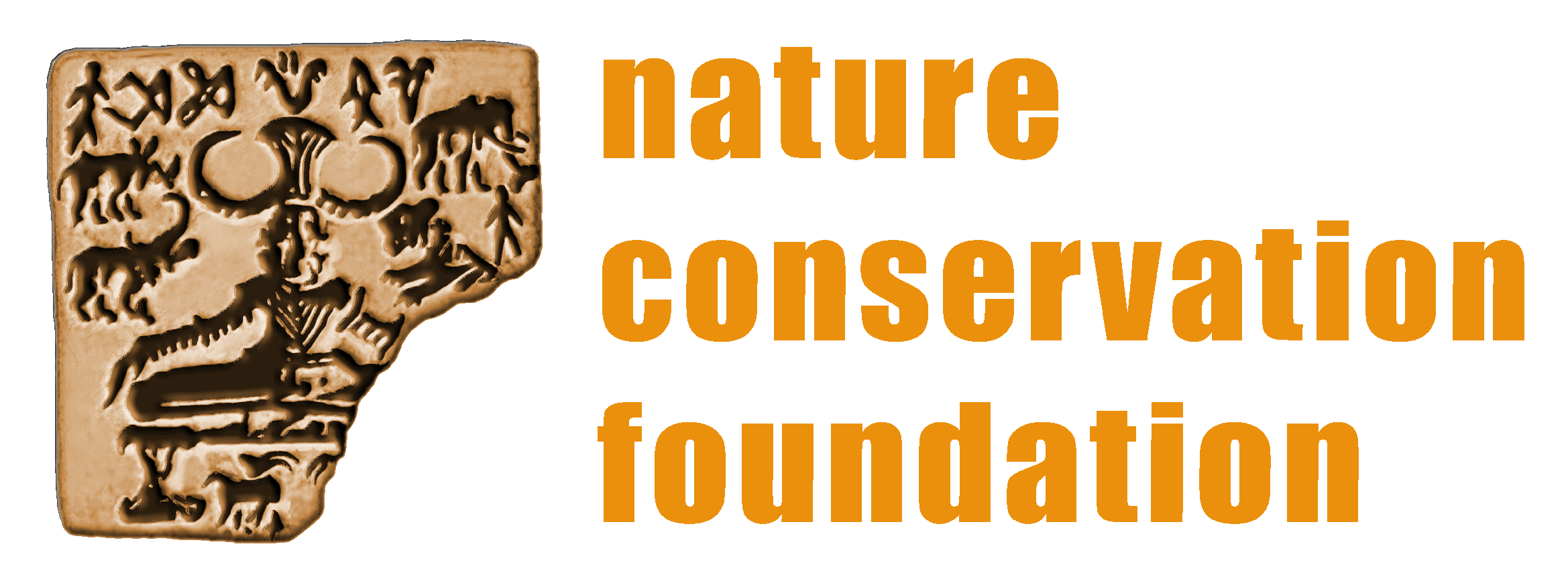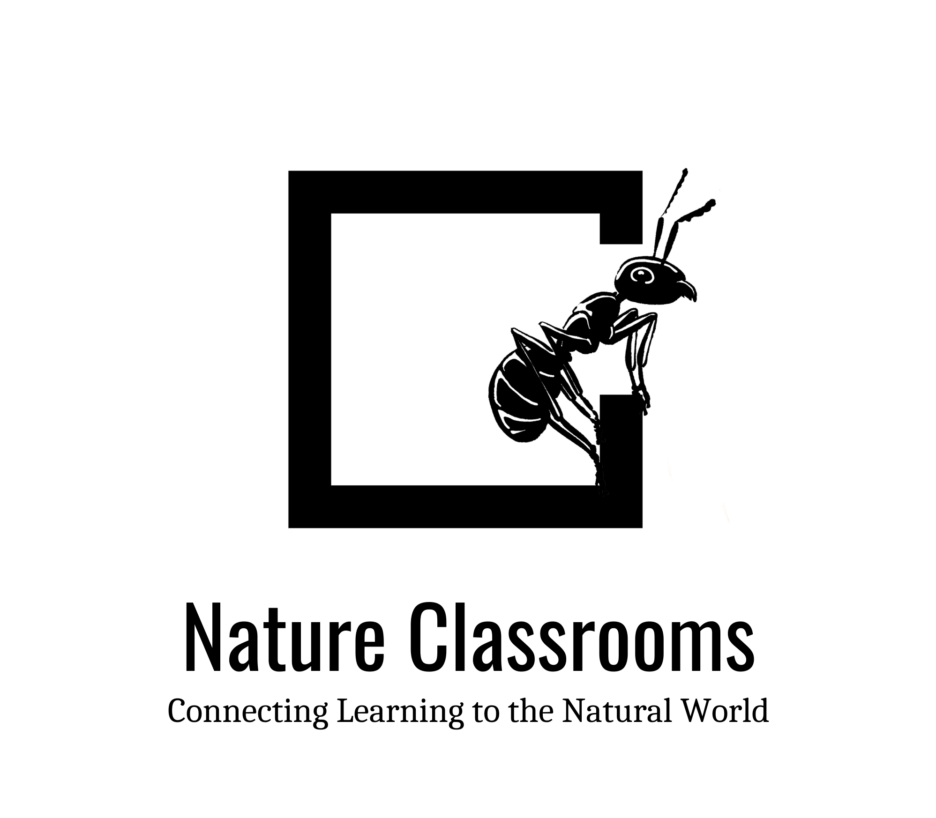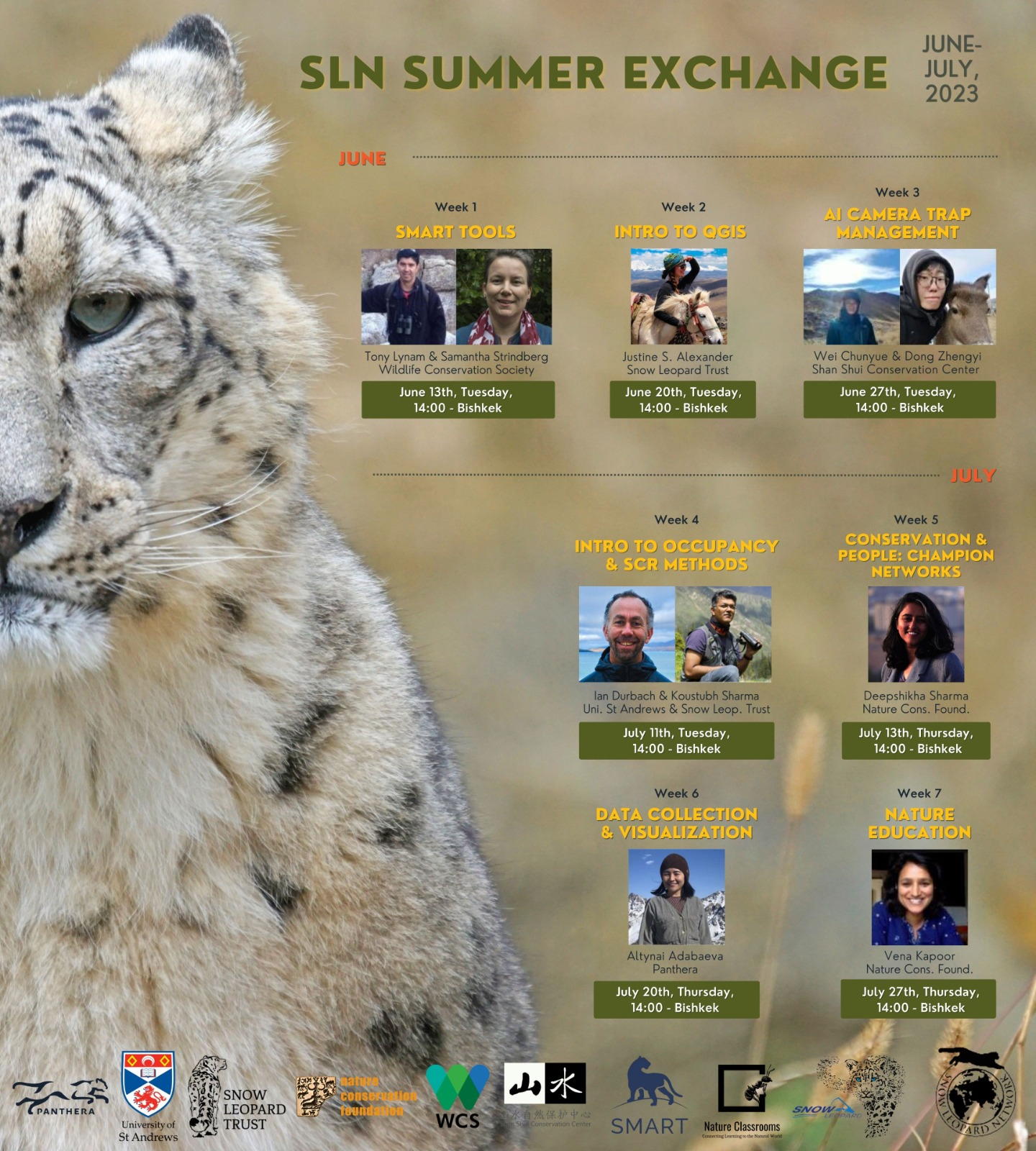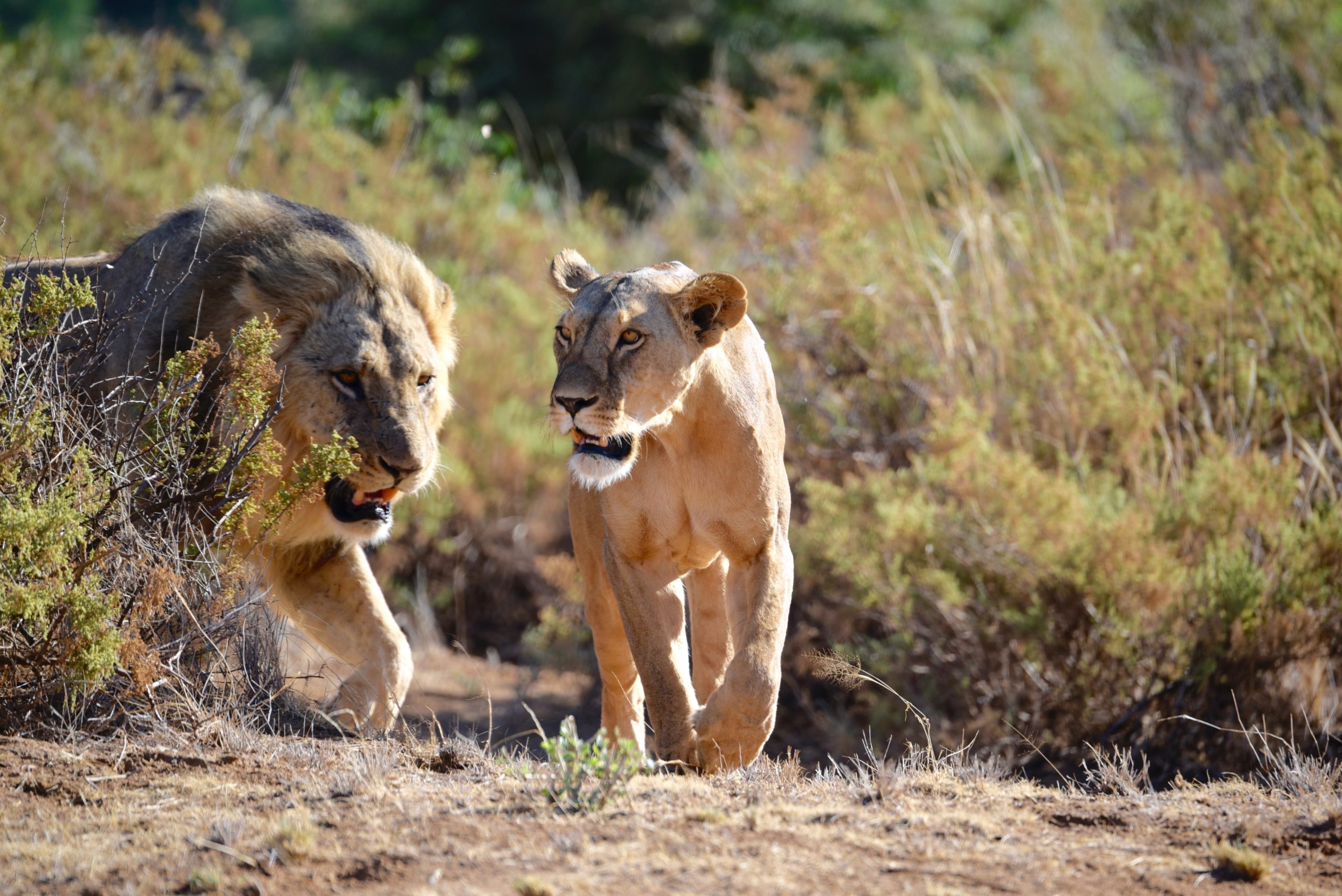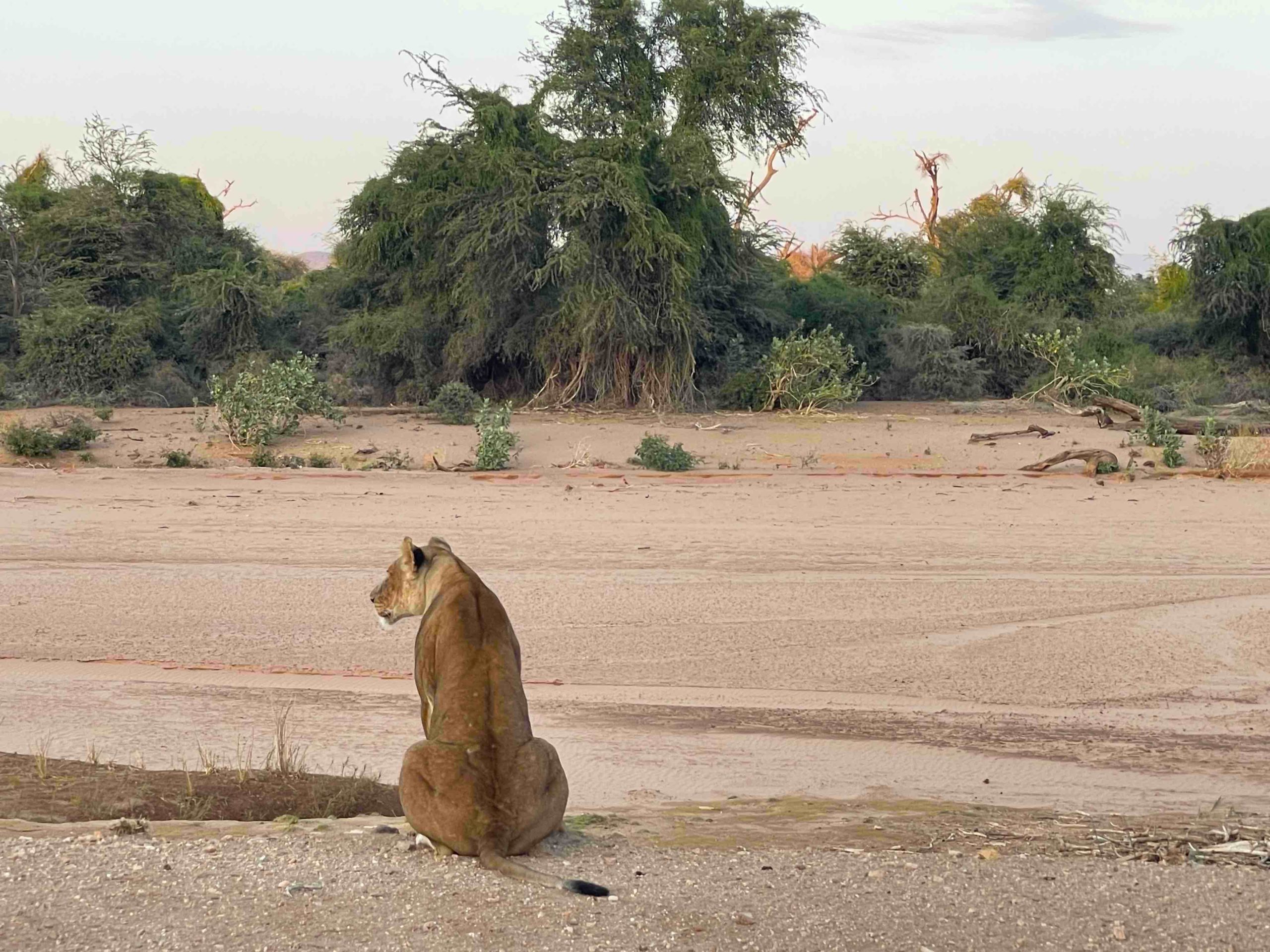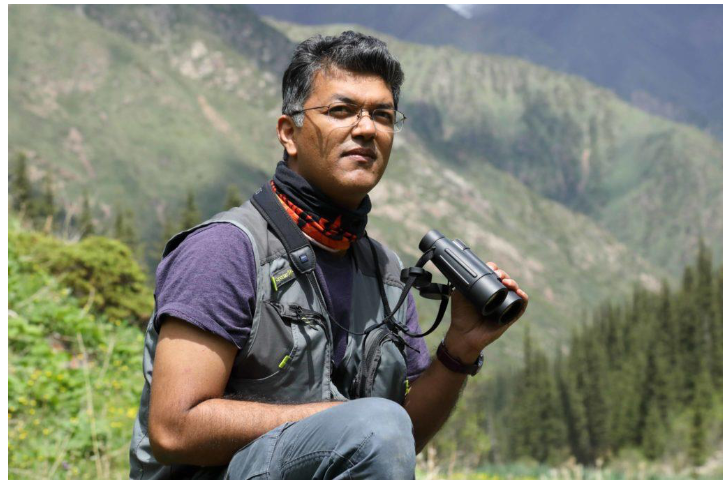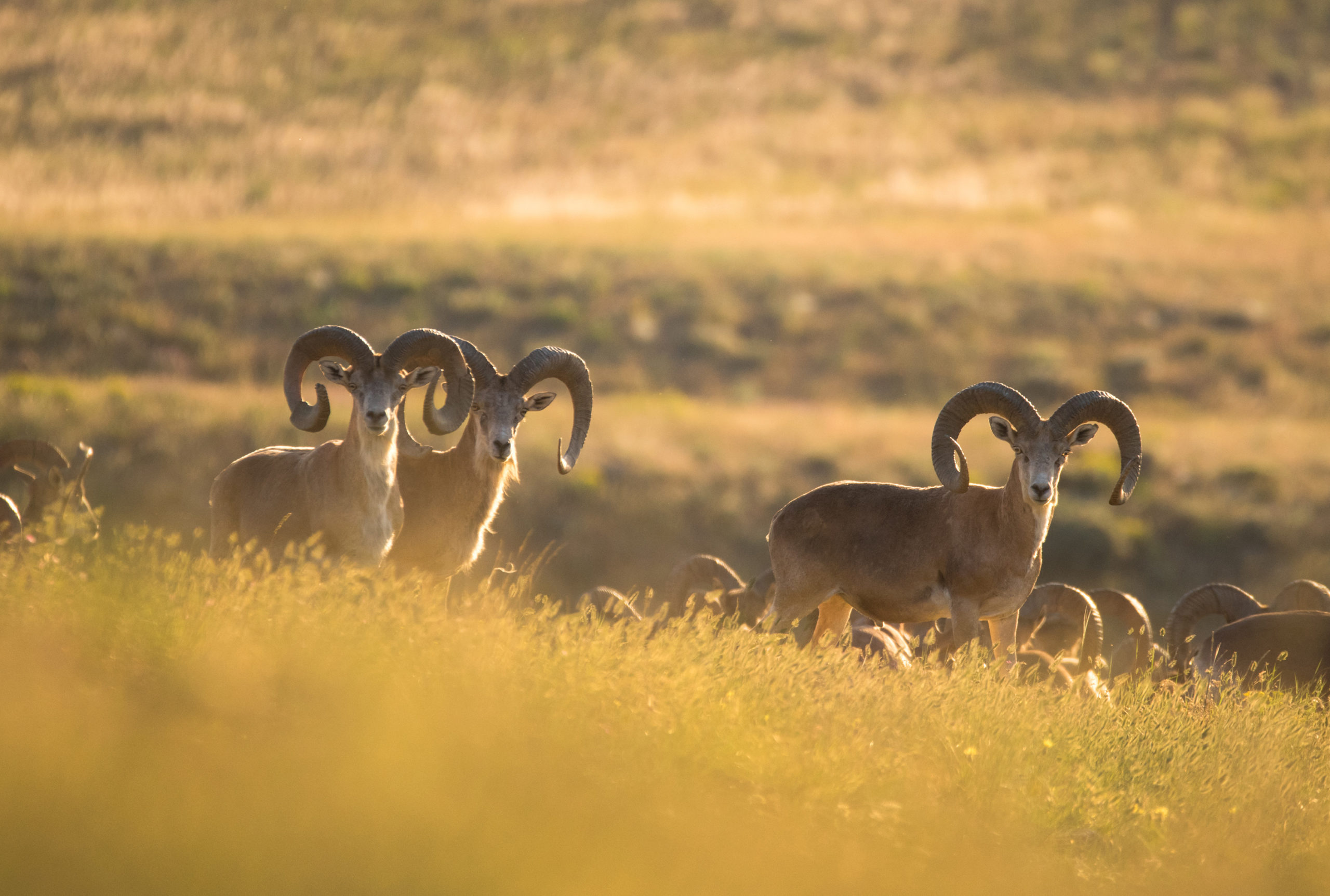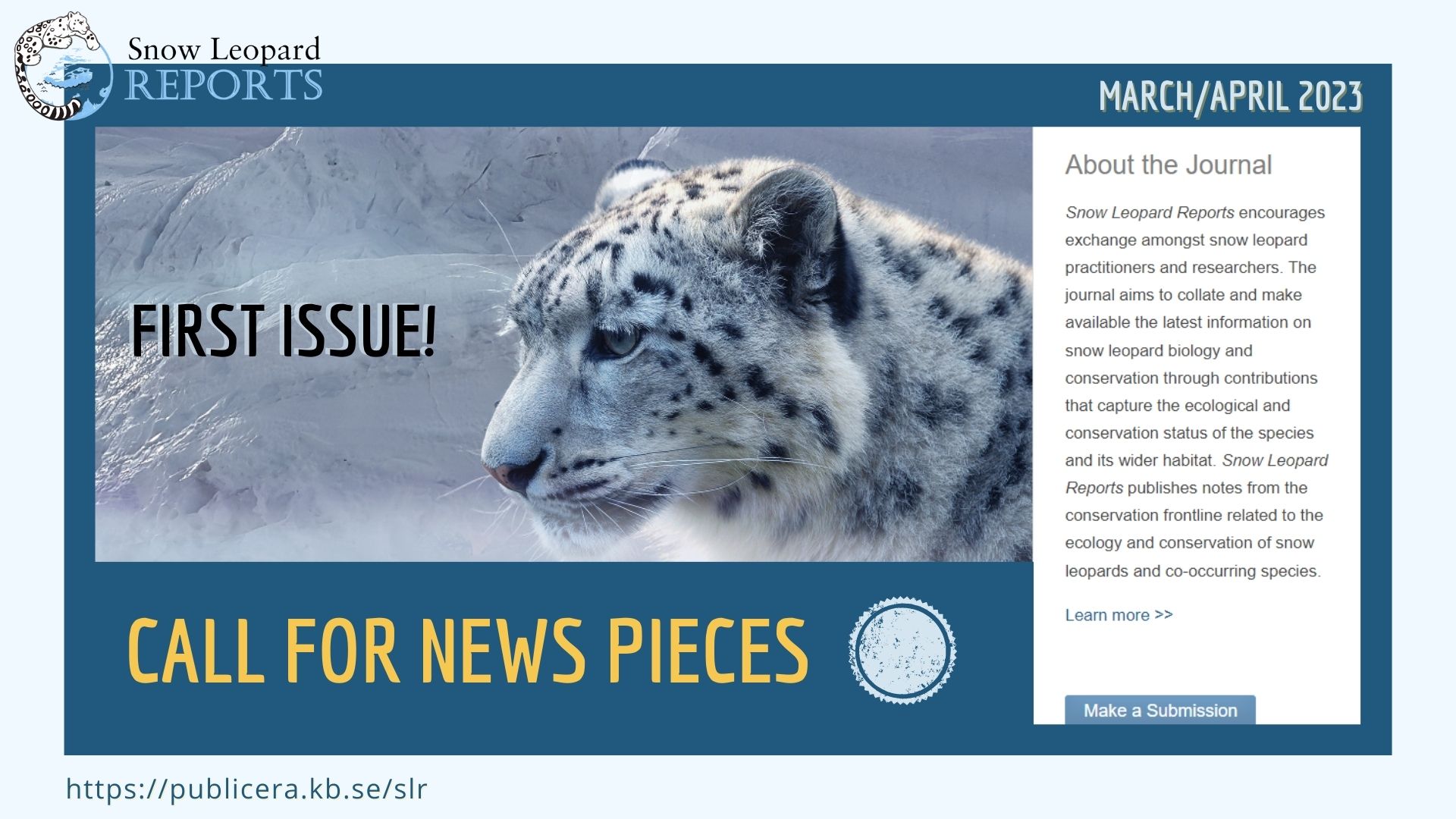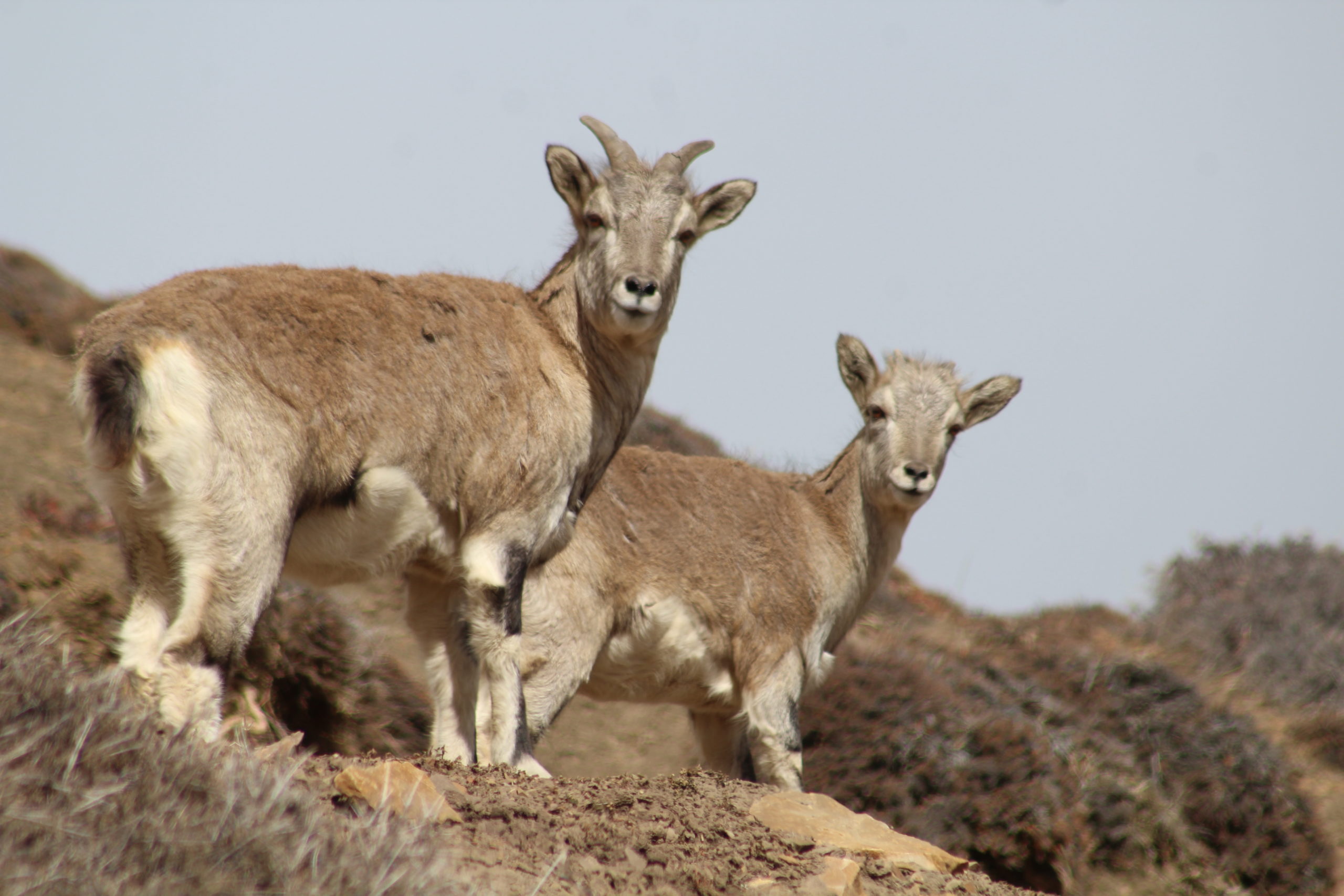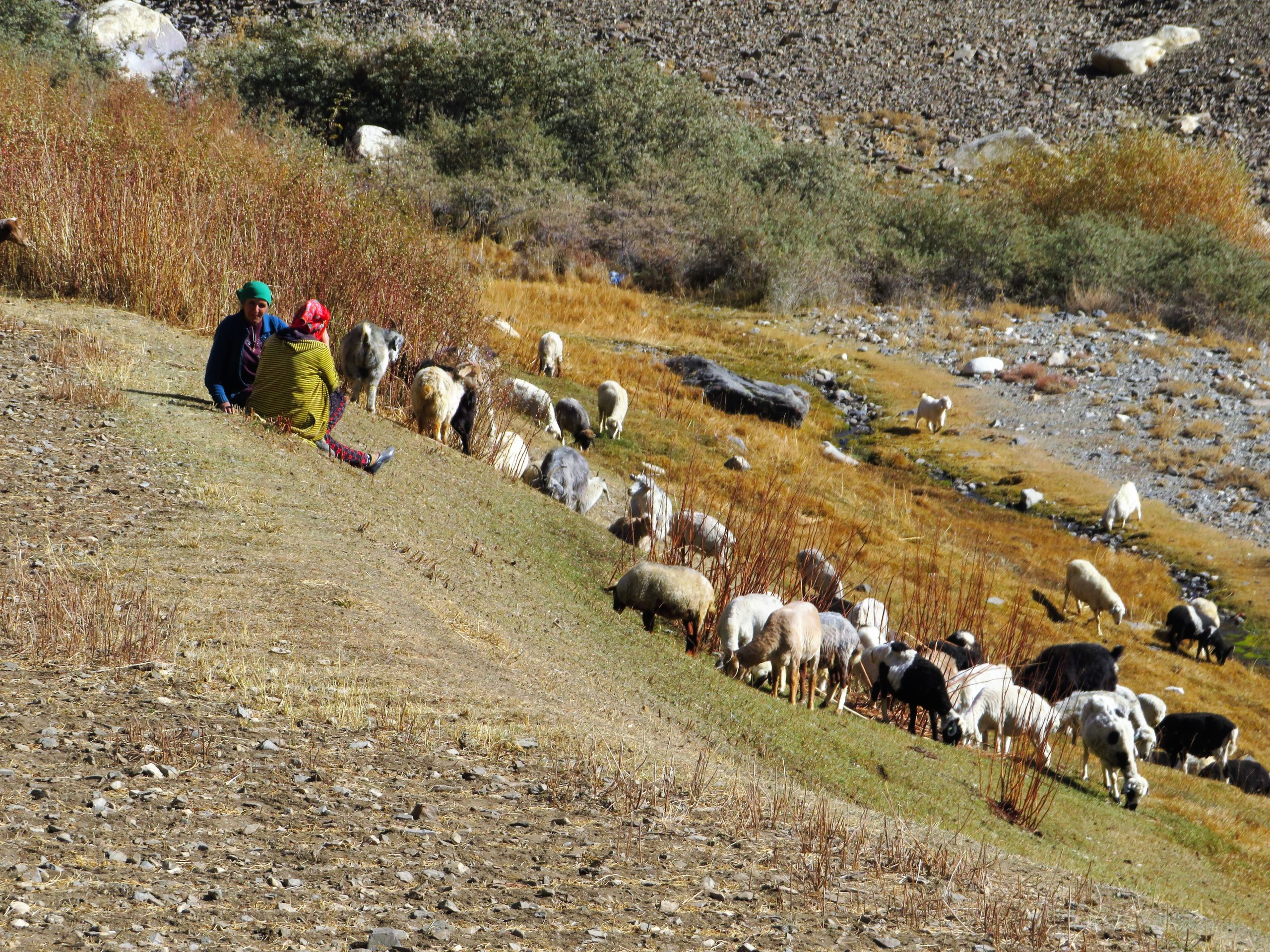Summer Exchange 2023 Schedule
We are thrilled to showcase a diverse range of topics and resource persons from seven different organizations as part of our upcoming Summer Exchange. Each week, we will delve into various aspects of conservation and research, offering valuable insights and opportunities for knowledge sharing. Join us as we explore a wide array of tools, techniques, and approaches that play a crucial role in wildlife conservation and habitat protection.
To participate, please register through the following link, and we look forward to welcoming you to the event!
Please note that all sessions take place at 14:00 pm, Bishkek time.
Tuesday, 13th June
SMART Tools
The use of technology in conservation efforts has revolutionized data collection and analysis. The Wildlife Conservation Society will present the Spatial Monitoring and Reporting Tool (SMART), a technology designed to monitor and protect wildlife in protected areas. Discover how SMART is applied in surveys for endangered species, such as snow leopard prey species. Learn about data collection methods, management, and analysis using the SMART survey tool.
 Samantha Strindberg
Samantha Strindberg
is a Conservation Scientist and Wildlife Statistician at the Wildlife Conservation Society (WCS). She specializes in wildlife survey techniques, statistical analysis, and conservation management. With a Ph.D. in Statistics focused on Wildlife Population Assessment, Samantha has extensive experience in the field.

Antony Lynam
is an ecologist and conservation scientist at WCS. With over 30 years of experience in wildlife conservation and management, he has pioneered the use of technology for conservation purposes. Antony has expertise in camera trapping, GPS navigation, and law enforcement monitoring databases.
Tuesday, 20th June
Intro to QGIS
Join our online workshop, Introduction to QGIS, and discover key tools for everyday data visualization, spatial analysis, and mapping. This concise introductory session focuses on practical skills using QGIS, a powerful geographic information system widely used in conservation and research. Engage in interactive activities and discussions to gain a solid understanding of essential QGIS tools and their applications in real-world projects.

Justine S Alexander
Justine Shanti Alexander is a Senior Conservation Scientist at the Snow Leopard Trust and the Executive Director of the Snow Leopard Network. As a snow leopard conservationist, she frequently employs QGIS in her everyday work and has conducted training sessions on the software for field teams, including protected area staff, who have found the acquired skills highly useful for their conservation efforts.
Tuesday, 27th June
AI Camera Trap Management
Join us for an online workshop where the ShanShui Conservation team will introduce their newly developed software designed to streamline camera trap image processing. This software focuses on efficiently removing images that do not capture any animals and simplifying the creation of Excel sheets with the corresponding time and date information. While the workshop will not cover artificial intelligence for species or individual identification, it will provide valuable insights into the team’s ongoing efforts to develop software tools that will enhance camera trap data analysis in the future.
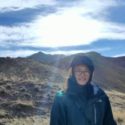 Wei Chunyue
Wei Chunyue
started her journey in wildlife conservation from camera trap data processing and analysis working with Shan Shui Conservation Center. She then participated in snow leopard monitoring and conservation work on the Tibetan Plateau. Chunyue takes strong interests in applying technology tools to facilitate camera trap data management. Chunyue holds a BSc. in Environmental Engineering from Tsinghua University and a MSc. in Environmental Engineering from Stanford University.
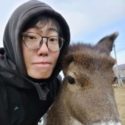 Dong Zhengyi
Dong Zhengyi
has 6 years of experience in wildlife conservation on the Tibetan Plateau. He participated in many snow leopard surveys in the southeastern part of the Plateau. He is now dedicated to enhancing wildlife monitoring with cutting-edge technology and promoting the integration of biodiversity data across various fields. Zhengyi holds a BSc. in Biology Science from Peking University and a MSc. in Conservation Biology from Lund University.
Thursday, 06th July
Intro to Occupancy and SCR methods
Explore the PAWS toolbox, focusing on occupancy models and spatial capture-recapture (SCR) methods. Understand survey design, data collection, management, and analysis for assessing snow leopard distribution and abundance. Gain insights into interpreting and communicating results effectively.
 Ian Durbach
Ian Durbach
is an ecological statistician with expertise in wildlife surveys. He has supported snow leopard camera trap surveys and provided design and analysis assistance across the PAWS network.
 Koustubh Sharma
Koustubh Sharma
is an experienced wildlife conservationist and the International Coordinator of the Global Snow Leopard and Ecosystem Protection Program. With more than 20 years of experience, he coordinates snow leopard research and conservation efforts.
Thursday, 13th July
Conservation and People: Champion Networks
Learn about community-led conservation and the importance of building working relationships and trust with local communities. Deepshikha Sharma from the Nature Conservation Foundation – SLT India program will share experiences, challenges, and lessons learned in working with community champions in the trans-Himalayan mountains of India.
 Deepshikha Sharma
Deepshikha Sharma
Deepshikha Sharma is actively involved in community-led conservation in snow leopard habitats in Himachal Pradesh and Ladakh. She focuses on reducing human-wildlife conflict and raising awareness among local communities.
Thursday, 20th July
Data collection and visualization
This session explores the best practices for designing questionnaires and utilizing the data collection tool KoBoToolbox. Discover how to create well-structured surveys and efficiently collect data. Additionally, explore Looker, a powerful data analytics platform, and learn how to create interactive dashboards.
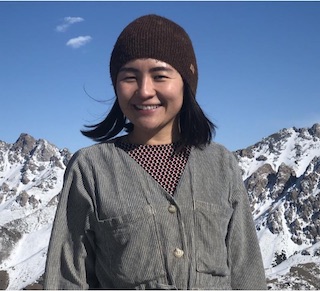 Altynai Adabaeva
Altynai Adabaeva
is a freelancer specializing in environmental data analytics. She has extensive experience in conducting surveys and using data analysis for research and conservation projects.
Thursday, 27th July
Nature Education
Nature education plays a vital role in conservation efforts. This workshop highlights the theories and practices from education, ecology, and psychology that can be applied to design effective nature education projects. Engage in interactive discussions and activities to learn how to create content and resources that foster a deep connection with nature.
 Vena Kapoor
Vena Kapoor
founder of Nature Classrooms, collaborates with primary school teachers and educators, offering training workshops and co-developing nature learning activities. With expertise in conservation leadership and ecology, Vena holds an MPhil from the University of Cambridge and a Masters in Ecology from the University of Pondicherry.
Thank you to all the organizations and Resource Persons supporting the Summer Exchange!

